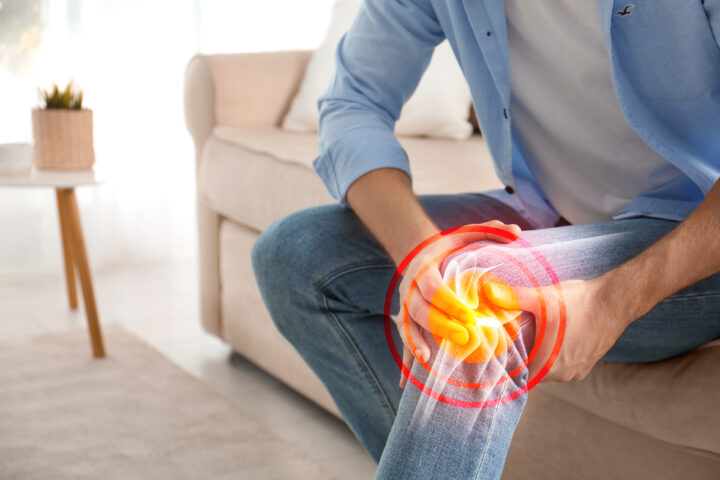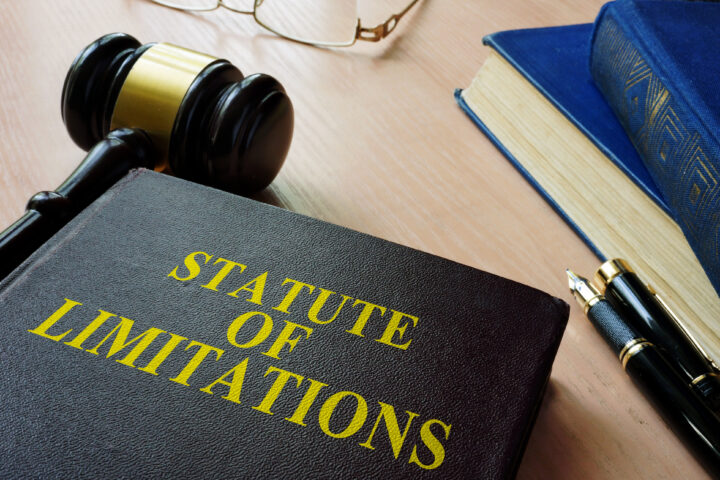Motorcycle Road Hazards

Motorcycles are two-wheel vehicles with a lot less stability than other motor vehicles. Their lack of stability means they are much more vulnerable to common road hazards that can cause serious motorcycle accidents and injuries.
If you are a motorcyclist, it’s important to be aware of the most common road hazards to avoid an accident. In the event of a motorcycle accident, our experienced motorcycle accident attorney can help you navigate the aftermath and recoup compensation.
1. Potholes
Potholes are a major road hazard for motorcyclists. They can damage tires, wheels, suspension, or steering. They can also cause riders to lose control of their bikes if hit at a high speed or with insufficient tire pressure. Potholes are especially dangerous at night, when they can be difficult to see.
2. Intersections
Intersections are where most motorcycle accidents occur, as they involve multiple vehicles and traffic signals. Other drivers may not see a motorcyclist or yield the right of way, especially if they are distracted, impaired, or in a hurry.
3. Edge Breaks
Edge breaks are where the pavement changes from one surface to another, such as from asphalt to concrete. They can occur due to road construction, maintenance, or wear and tear. Edge breaks between lanes can cause riders to wobble or skid if they cross them at high speed or with improper steering.
4. Loose Gravel or Road Debris
Loose gravel, road debris, oil, sand, or other uneven road surfaces can reduce a motorcyclists’ traction and stability, making it harder to steer, brake, or accelerate. It can also cause a motorcycle to slide or fishtail. Riders should be especially cautious around construction sites where uneven road surfaces are common.
5. Wet/Slippery Surfaces
Wet pavement from rain, snow, ice, or oil spills, they can be very slippery and slick. Wet or slick surfaces can reduce friction and lose traction, making it harder to stop or turn. They can also increase your braking distance and skidding risk. Black ice
6. Blind Spots
Driver error is one of the most common causes of motorcycle crashes. Oftentimes, a passenger vehicle driver or truck driver will say “I didn’t see the motorcyclist.” This is because all cars have blind spots, and motorcycles are less visible than other cars or trucks. Motorcyclists must drive defensively and assume no one on the road can see them.
7. Animals
Wild animals like deer, raccoons, or squirrels may dart into the road unexpectedly and can cause a motorcyclist to collide with them or swerve to avoid them, resulting in injuries or damage to both the rider and the animal.
8. Railroad Crossings
Railroad crossings pose a hazard for motorcyclists, as they may have uneven surfaces, gaps, or metal rails that can affect traction and stability. They may also have trains passing by at high speed or with limited visibility, increasing the risk of a motorcycle crash.
9. Expansion Joints
Expansion joints connect two sections of a road together, or a road to a bridge. They allow the concrete to expand without cracking, but are especially dangerous for motorcyclists because they create gaps in the road. They can be hard to see when the road is wet or covered in snow.
10. Snow and Ice
Riding in snow and ice is challenging and dangerous. Snow reduces traction and impairs a rider’s visibility, making it harder to anticipate and respond to road hazards. When it comes to bad weather, it’s always best to avoid it altogether.
Motorcycle Safety Tips

Motorcyclists must be fully prepared any time they head out, whether it’s on a cross-country trip or just a ride to the grocery store. These are some of the most important things a rider can do to avoid an accident:
- Slow down: If you are speeding and unexpectedly hit gravel or other debris, it could spell disaster or even death. The best thing all motorcyclists can do is slow down and obey the speed limit. You will have more time to react to unexpected situations.
- Do not ride too close to other vehicles: Tailgating is not only illegal in California, it is also extremely frustrating. As a general rule of thumb for all drivers, do not drive too closely. Keep enough distance between you and the other vehicle in front of you.
- Use both brakes: Motorcycles have two brakes: a front brake (“power” brake) and a rear brake (“control” brake). In an emergency situation, use both brakes gradually and consistently. If applied with too much force, you may end up locking your wheels.
- Check the weather: Bad weather conditions can be extremely dangerous for riders, especially inexperienced riders. Check the weather constantly before you head out, and don’t be afraid to reroute or re-plan if the roads are unsafe.
- Wear a protective helmet and gear: The most important safety gear is a protective motorcycle helmet. If you’re riding anywhere in California, you must wear a DOT-approved helmet at all times. While other states have different laws regarding helmets, it’s always best to wear a helmet. Protective clothing like gloves, a leather jacket, and long pants are also recommended for all motorcycle riders.
If You Are Injured in a Motorcycle Accident
Hazardous road conditions can cause motorcycle accidents resulting in serious injuries. If you were injured in a motorcycle accident, our motorcycle accident attorney in Whittier can go after the various parties who could be held liable for your motorcycle accident. Our law firm has a stellar reputation of winning large personal injury settlements for our clients. We offer a free consultation and we never ask for upfront legal fees. Call us at (562) 550-7676 or use our online contact form to request a free consultation with our legal team today.


